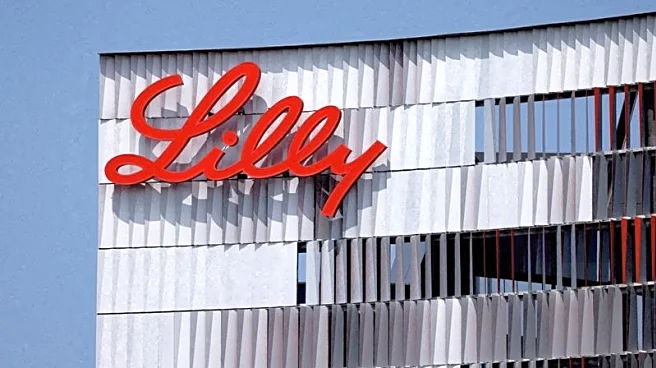What's Happening?
Theralase Technologies Inc. has unveiled promising preclinical results for its X-ray-activated drug, Rutherrin, which shows significant potential in treating various cancers. The study, published in the International Journal of Radiation Oncology, highlights
Rutherrin's ability to enhance tumor destruction and stimulate immune responses when activated by radiation therapy. The drug demonstrated a 100-fold increase in cancer cell kill compared to radiation alone and showed effectiveness in overcoming treatment resistance. These findings suggest Rutherrin could be a valuable addition to radiation therapy, offering improved local tumor control and systemic immunity stimulation.
Why It's Important?
The development of Rutherrin represents a significant advancement in cancer treatment, particularly for aggressive and treatment-resistant forms. By enhancing the efficacy of radiation therapy, Rutherrin could improve patient outcomes and potentially reduce the need for more invasive treatments. This innovation aligns with the growing trend of integrating targeted therapies with traditional cancer treatments to achieve better results. The success of Rutherrin could lead to broader adoption of similar drug-activated therapies, potentially transforming the landscape of cancer treatment and offering new hope to patients with limited options.
What's Next?
Theralase plans to conduct Good Laboratory Practice toxicology studies in 2026, which will be crucial for advancing Rutherrin into clinical trials. The company aims to target various cancers, including glioblastoma, non-small cell lung cancer, pancreatic cancer, lymphoma, and colorectal cancer. As these studies progress, Theralase will seek regulatory approvals to begin clinical testing, with the potential to bring this innovative treatment to market. The medical community and investors will be watching closely, as successful clinical trials could position Theralase as a leader in the field of drug-activated cancer therapies.














